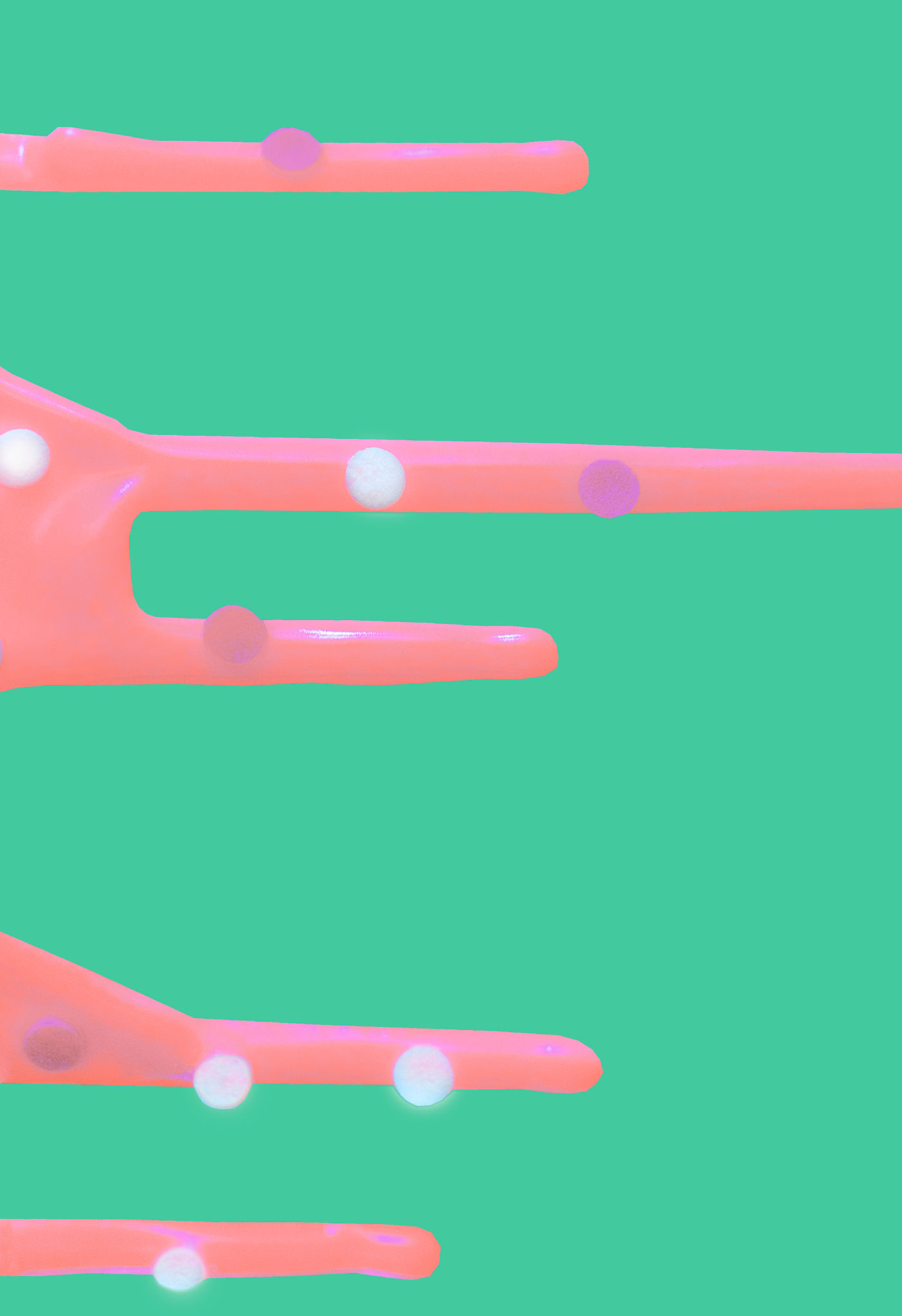Top UX Design Trends Shaping the Industry
Introduction to UX Design Trends
In the ever-evolving landscape of digital design, User Experience (UX) plays a pivotal role in shaping how users interact with products and services. As technology continues to advance, UX design trends are constantly emerging to enhance usability, accessibility, and overall user satisfaction. In this post, we'll explore some of the top UX design trends that are currently shaping the industry.

Voice User Interfaces (VUIs)
With the rise of smart speakers and voice-activated devices, Voice User Interfaces (VUIs) are becoming increasingly popular. VUIs allow users to interact with devices using voice commands rather than traditional input methods like keyboards or touchscreens. This trend emphasizes the importance of creating intuitive voice interactions that can understand and respond to natural language.
Designers are focusing on improving the accuracy and responsiveness of voice recognition technology. They are also exploring ways to integrate VUIs into various applications, from home automation systems to customer service platforms, providing a seamless and hands-free user experience.
Microinteractions
Microinteractions refer to the small, subtle animations or design elements that provide feedback or guide users through a digital interface. These can include everything from a button changing color when hovered over to a small animation playing when a task is completed successfully.
These tiny details can significantly enhance the overall user experience by making interactions more engaging and intuitive. Designers are increasingly incorporating microinteractions into their designs to improve usability and provide users with immediate feedback on their actions.

Minimalist and Simplistic Design
Simplicity is key in modern UX design. Minimalist design focuses on eliminating unnecessary elements to create clean, easy-to-navigate interfaces. This trend emphasizes clear typography, ample white space, and intuitive navigation.
By reducing clutter, minimalist design helps users focus on the essential functions and content of an application or website. It also enhances load times and performance, making it a popular choice for designers aiming to optimize user experiences.
Dark Mode
Dark mode has become a mainstream feature in many applications and operating systems. This trend offers users a visually appealing alternative to traditional light themes by using darker color palettes. Dark mode not only reduces eye strain in low-light environments but can also help save battery life on devices with OLED screens.
Designers are increasingly offering dark mode as an option in their products, allowing users to choose their preferred viewing experience. This flexibility enhances user satisfaction and caters to individual preferences.

Augmented Reality (AR) Experiences
Augmented Reality (AR) is transforming the way users interact with digital content by overlaying virtual elements onto the real world. From gaming to retail, AR is creating immersive experiences that engage users in innovative ways.
In UX design, AR is being used to create interactive experiences that blend digital information with the physical environment. This trend is particularly prevalent in e-commerce, where AR allows customers to visualize products in their own space before making a purchase.
Conclusion
The UX design landscape is continuously evolving, driven by technological advancements and changing user expectations. By staying informed about the latest trends, designers can create more effective and engaging user experiences. Whether it's through voice interfaces, microinteractions, or augmented reality, the future of UX design promises to be exciting and full of possibilities.
